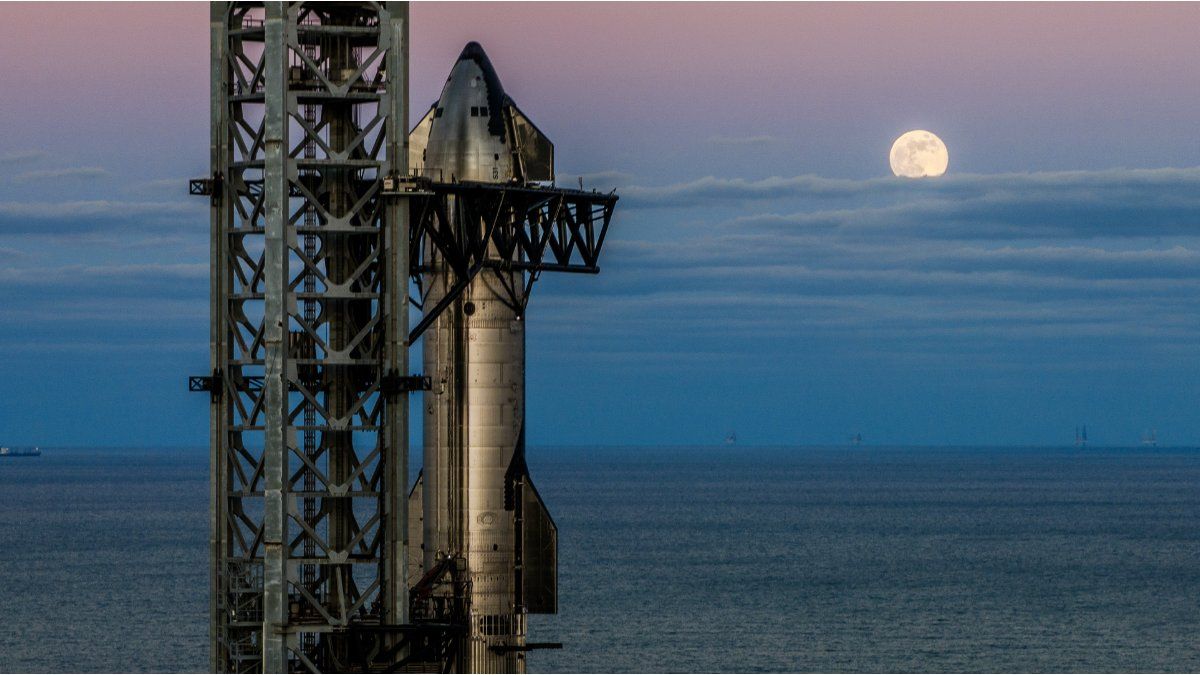For the first time, a super heavy propeller, the B14, which already flew in the number seven test, and this time its descent will be experimental and will not try to recover it with the robotic arms will be reused. Mechazilla. The launch will be broadcast live, accompanied by a Musk presentation on the progress of the program and its potential for Martian colonization.
The previous two tests concluded with explosions, so the focus is still put to obtain useful data more than completing a perfect mission. Starship S35 will be the new prototype in flight, developed for Resist up to an hour in space.
Recent faults left important lessons: S34 was lost due to a leak in the propulsion system and S33 due to structural oscillations similar to the “Pogo effect” that affected the Apollo program. Given those problems, S35 includes solutions to mitigate these problems.
During the mission, the ship will not be tried, but key maneuvers such as atmospheric reentry, the realer of engines in the vacuum and the display of simulated load will be tested. These tests They seek to confirm that the system can operate reusable on a large scale.
He Super Heavy B14 will merit in the Gulf of Mexico After executing experimental maneuvers that include controlled rotations and a landing assisted by backup motor.
Embed – Spacex Starship Flight 9
Technical challenges and crucial rehearsals for the spatial future
The B14 had already been inspected after its first use: of its 33 Raptor engines, 29 are used again. Some components were replaced, but most hardware remains intact, in line with the aim of creating a reusable system that allows reducing launch costs. Under this framework, FAA has already authorized Spacex to move from 5 to 25 annual flights, reinforcing the need for standardization.
The upper stage S35 will also test technologies that previously failed. One of the key trials will be the deployment of eight Starlink satellite simulators, with the purpose of demonstrating that the ship can release useful loads in controlled career. It is not sought to achieve orbit, but to prove the ability to separate without affecting the trajectory.
Another vital trial will be the lighting of a Raptor engine in space, something that failed in previous attempts due to problems in valves and sensors. To avoid this, specific adjustments were incorporated. In addition, the reentry of the ship will include areas without thermal tiles, a deliberate test to analyze the performance of alternative materials such as a metal tile with active cooling.
He Final descent will test Starship’s rear spoilersresponsible for failures on previous flights. This time they will face extreme conditions, with a more aggressive angle to force their resistance. The ship will attempt at the Indian Ocean, coinciding with sunlight to facilitate its follow -up.
Thus, rather than achieving an orbit, the objective is to validate that Starship can resist a demanding trajectory, a fundamental step for future lunar and Martian missions.
Source: Ambito




